परिचय
The reign of अकबर महान, from 1556 to 1605 CE, is a towering epoch in Indian history—marking not only the consolidation and expansion of the Mughal Empire but also the emergence of a uniquely syncretic, prosperous, and culturally vibrant society. Akbar’s era stands out for sweeping military conquests, a revolutionary administrative system, religious tolerance, and an extraordinary flowering of the arts, architecture, and scholarship. His statesmanship, policies, and vision left a legacy that deeply influenced the course of the subcontinent for centuries.
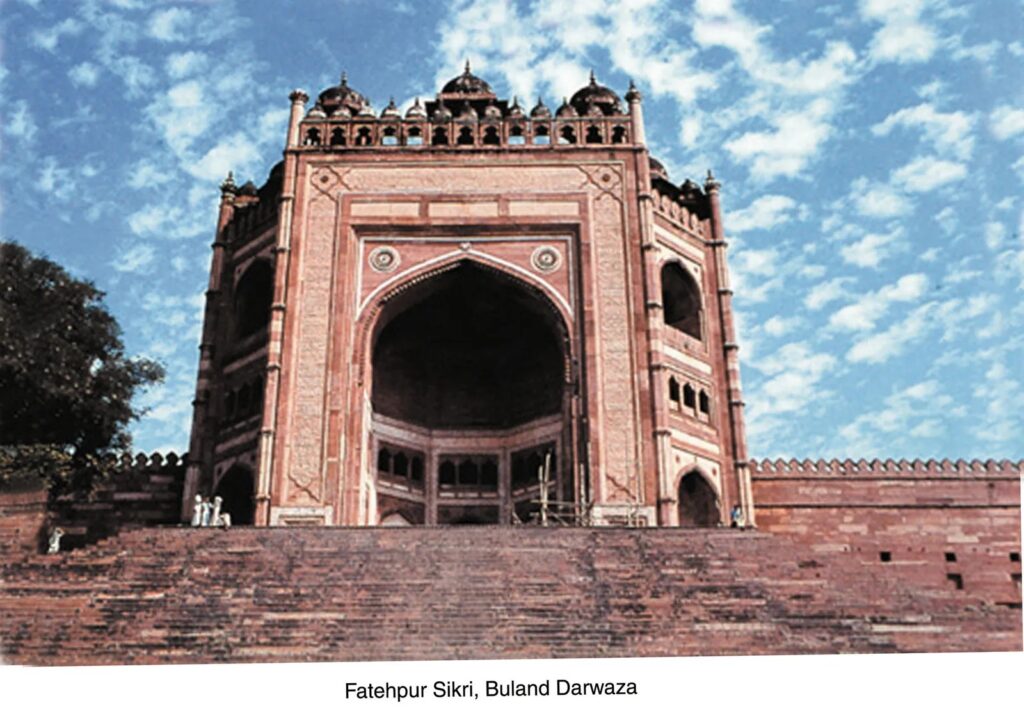
Early Years and Accession
Akbar ascended the throne at the age of 13 after the unexpected death of his father, Humayun, in 1556. During his early years, Akbar’s authority rested in the hands of the seasoned regent बैरम खान, who secured Akbar’s initial position by decisively defeating Hemu at the Second Battle of Panipat (1556). After assuming personal control by 1560, Akbar immediately embarked on a series of campaigns to stabilize, protect, and greatly expand the Mughal domains.
Military Conquests and Territorial Expansion
Akbar’s military prowess and strategy were critical in transforming the Mughals from precarious newcomers into the dominant power of northern—and later central and western—India.
- Annexation of Northern & Central India: Early victories secured regions like Gwalior, Malwa (from Baz Bahadur), and the powerful fort at Agra.
- Subjugation of Gondwana: Defeated Rani Durgavati of Garh-Katanga, adding the Narmada Valley and adjacent areas to his domains.
- Conquest of Rajputana: Akbar’s campaigns brought almost all major Rajput states (except Mewar under Maharana Pratap) into the Mughal fold, notably after the sieges of Chittorgarh (1568) and Ranthambore. His policy of intermarriage and diplomacy made leading Rajputs loyal Mughal officers and administrators.
- Annexation of Gujarat and Bengal: He expanded the empire west to Gujarat (1573), enabling access to lucrative sea trade, and east to Bengal, defeating the Afghan remnants.
- Deccan Campaigns: In his later years, Akbar moved towards the Deccan, subjugating Berar, Khandesh, and parts of Ahmadnagar.
- Northwest Frontiers: Akbar faced the challenge of maintaining control over the empire’s distant northern and western limits. Campaigns against Uzbeks, Afghans, and hill tribes resulted in the construction of forts and the submission of regional chieftains.
Through these campaigns, Akbar built an empire stretching from Afghanistan and Kashmir to Gujarat, Bengal, and deep into the Deccan.
प्रशासन और शासन
Akbar’s administrative reforms laid the foundation for a unified, efficient, and relatively stable Mughal state:
Centralization and Structure
- Centralized Bureaucracy: Akbar reduced the autonomy of regional chiefs and established a central authority, dividing the empire into provinces (subas), then into districts (sarkars), and further into parganas. Each province was governed by a subedar and supported by a hierarchy of officials.
- मनसबदारी प्रणाली: Akbar’s most important innovation was the mansabdari (ranking) system for civil and military officers, grading them according to rank (mansab) and salary. This system categorized officials by number and quality of troops they were expected to maintain, ensuring loyalty and flexible deployment.
- Land Revenue Reforms: The ज़ब्त (bandobast) system, supervised by Raja Todar Mal, calculated revenues based on a detailed land survey and average yield of past years, providing fairness and stability to the agricultural system. Farmers benefited from more predictable taxation, and the empire gained reliable revenues.
Social and Infrastructure Developments
- Roads and Postal Services: Akbar built and improved roads, connecting key cities and facilitating swift communication through a postal (Dak Chowki) system.
- Census and Surveys: He ordered an extensive land and population survey—the famous Ain-i-Akbari by Abu’l Fazl documenting demographics, agriculture, economy, and society.
Religious Policy and Social Integration
Akbar is celebrated for fashioning an unprecedented policy of religious tolerance and cultural integration, rare in his era:
Key Initiatives
- जजिया कर का उन्मूलन: Akbar abolished the jizya (tax on non-Muslims) in 1564, symbolizing his commitment to religious equality.
- Sulh-i-Kul (Universal Tolerance): He advocated ‘peace with all,’ encouraging respect and protection for all faiths—Hindus, Muslims, Jains, Sikhs, and Christians alike.
- Interfaith Debates & Ibadat Khana: Akbar established the Ibadat Khana (House of Worship) at Fatehpur Sikri for theological dialogues, inviting scholars of Hinduism, Islam, Jainism, Christianity, Zoroastrianism, and more.
- Appointments and Patronage: Non-Muslims (notably Hindus and Rajputs) were appointed to high offices and military posts. Hindus were allowed to build temples and celebrate festivals at court, and Akbar himself often participated in these ceremonies.
- Matrimonial Alliances: Akbar married Rajput princesses and arranged similar alliances for his courtiers, blending royal and local cultures.
- Din-i-Ilahi: In 1582, he proposed a new syncretic faith called Din-i-Ilahi, aimed at blending virtues from major religions with a focus on tolerance and ethical living. Few joined, but it reflected his vision of unity and pluralism.
- Support of All Institutions: Akbar granted land and patronage not only to mosques but also to Hindu temples, Jain, and Christian establishments.
Cultural, Literary, and Artistic Achievements
Akbar’s reign saw a renaissance in arts, architecture, and scholarship, making the Mughal court a magnet for creativity:
कला और वास्तुकला
- Founding Fatehpur Sikri: Akbar built the grand city of Fatehpur Sikri, characterized by a unique fusion of Islamic, Hindu, Persian, and Jain architectural elements. It included the Buland Darwaza, Jama Masjid, and royal palaces.
- Promotion of Miniature Painting: Akbar’s ateliers developed a brilliant Indo-Persian Mughal style, encouraging both Persian and indigenous artists.
- Development of Music: The court was home to the legendary musician Tansen, one of Akbar’s “Navratnas” or “Nine Gems”—a group of exceptional artists, poets, scholars, and advisors.
- Translation and Scholarship: Akbar established a Translation Bureau (Maktab Khana) at Fatehpur Sikri, converting classics like the Mahabharata (Razmnama) and other Sanskrit works into Persian, making Indian knowledge accessible to a wider audience.
- Library and Patronage: Akbar built a great library housing over 24,000 volumes; Persian, Arabic, Sanskrit, and regional works flourished under his support.
Literature
- Works like Ain-i-Akbari और अकबरनामा by Abu’l Fazl documented court life, administration, and the social structure of the empire. Akbar’s court also supported renowned poets and chroniclers, including Faizi and Abdur Rahim Khan-i-Khana.
Economic Prosperity and Social Reforms
- Trade and Commerce: Expansion into Gujarat and Bengal opened new maritime trade routes, connecting the empire with the Middle East, Central Asia, and Europe.
- Agriculture and Revenue Stability: Akbar’s revenue reforms brought economic stability, allowing peasants to retain more surplus and the state to fund public works.
- Social Reforms: He encouraged the abolition of child marriage, sati, and promoted widow remarriage. Akbar sought to reduce social evils and welcomed people from all backgrounds into his administration.
Legacy and Historical Significance
- Akbar’s long reign brought an era of unprecedented stability, prosperity, and cultural exchange to India.
- His policies of religious tolerance, administrative innovation, and emphasis on integration laid the groundwork for the longevity and splendor of the Mughal state.
- Akbar’s court became renowned across the world, attracting embassies, artists, and intellectuals from Iran, Central Asia, and Europe.
- Despite some criticism (especially of his ruthlessness during military conquests), Akbar is widely revered as one of the greatest monarchs in Indian—and indeed, world—history.
Interesting Facts
- Akbar, though illiterate, was an enthusiastic patron of learning and could identify letters by touch.
- The Akbarnama, his biography, is a masterpiece of Persian prose and Mughal miniature painting.
- He personally worked to improve relations among religious communities, wearing Hindu symbols like the tilak and attending Jain, Christian, and Hindu events.
- He introduced the Jharokha Darshan—a daily public appearance to connect directly with his subjects.
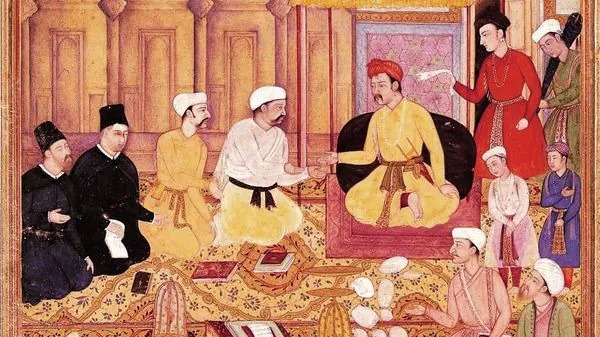
निष्कर्ष
Akbar’s reign (1556–1605 CE) heralded a golden age of the Mughal Empire—a period defined by visionary statesmanship, military conquest, creative patronage, and profound social changes. His model of governance, rooted in inclusivity, rational administration, and cultural pluralism, endures as a foundational chapter in South Asia’s collective memory.

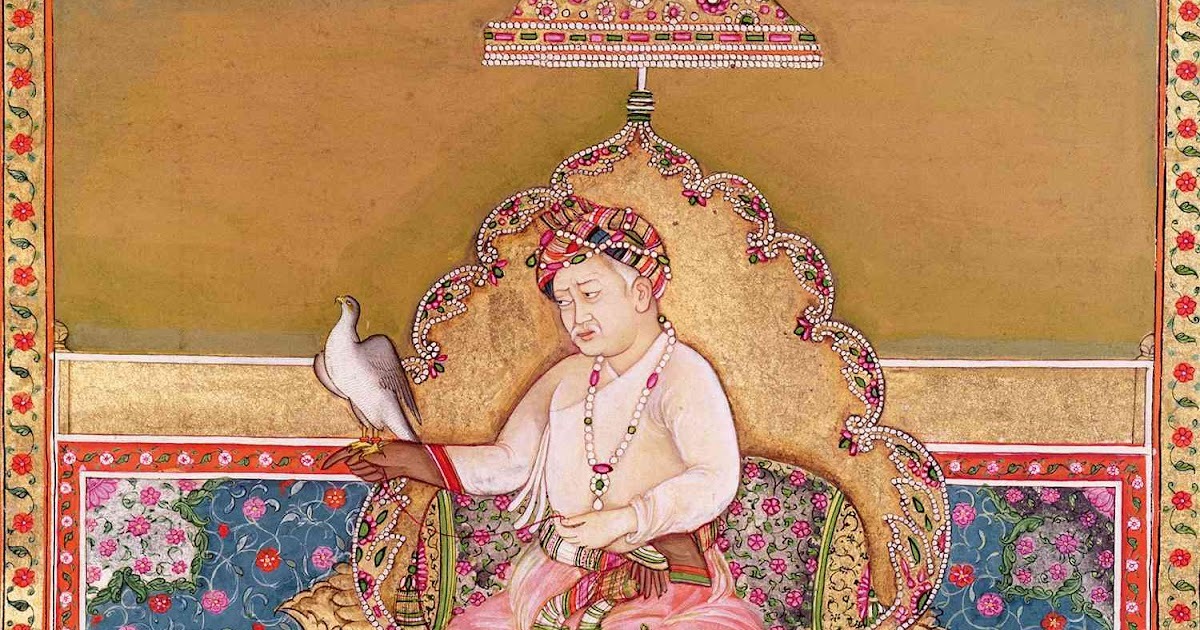



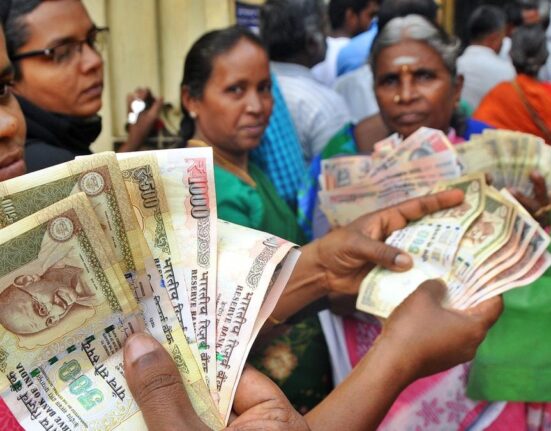
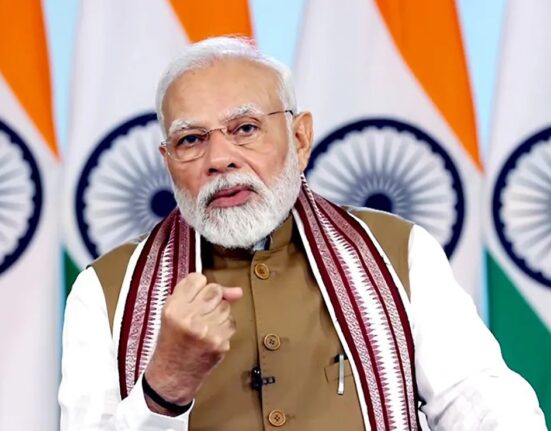

इस बारे में प्रतिक्रिया दें